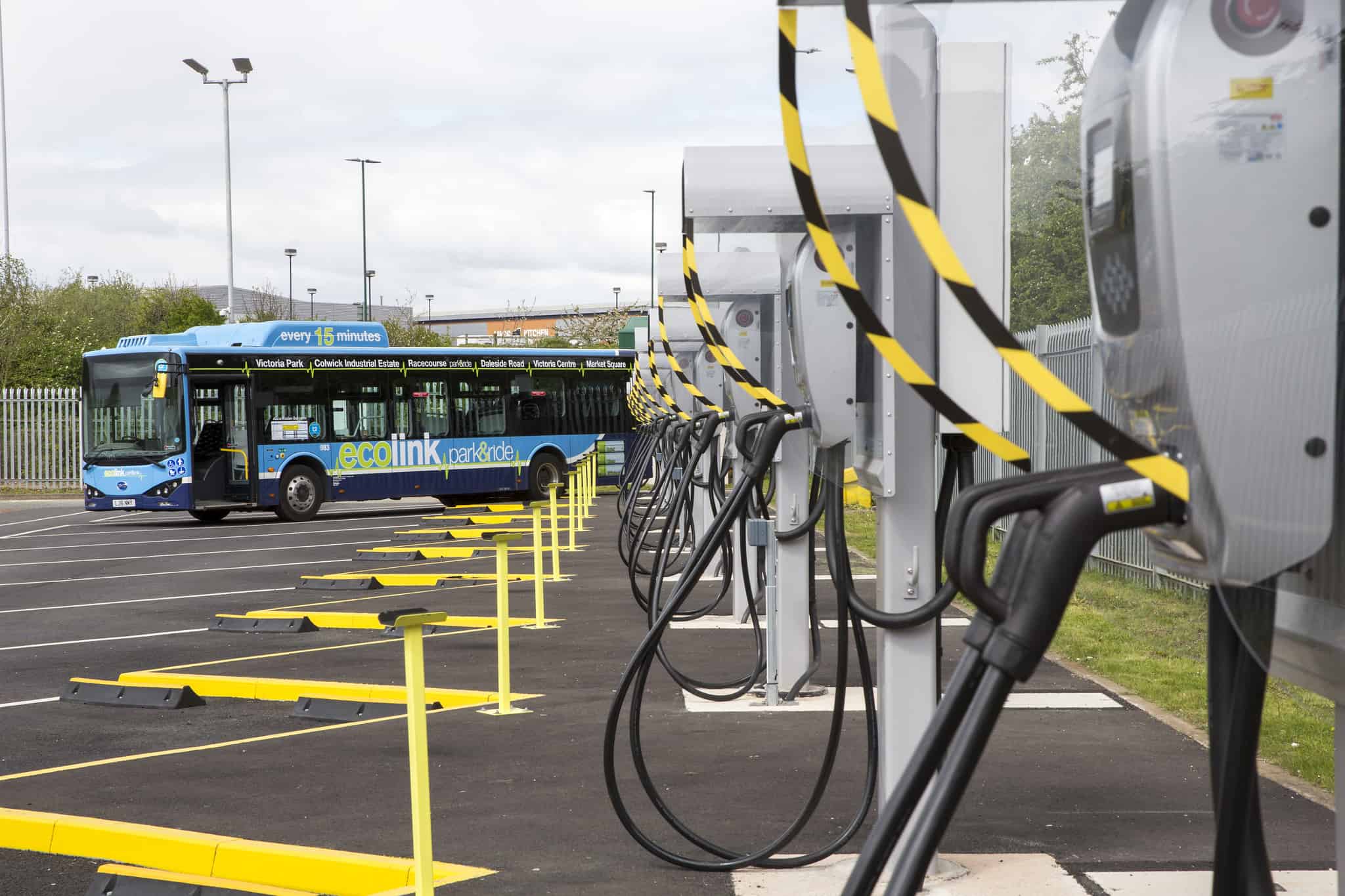Councils across the UK are striving to take climate action. The goods and services they buy are a big part of their carbon footprint. But knowing how to measure that impact – let alone reduce it – is a huge challenge. In a guest blog for Ashden’s local authority hub initiative, Philip Duddell of Sustainable Procurement Limited offers practical advice for council staff.
The commissioning, procuring and managing of contracts is a powerful weapon for councils in the battle to become more resource efficient and transition to a low carbon, circular, economy.
But how do you use it so that the most positive outcomes are delivered?
It’s generally true that public and private organisations understand the role of procurement in helping to address the climate emergency and that their policies and strategies reflect this, or are being adjusted to do so. Some organisations may need more time to understand the real risks climate change presents to their region, organisation, community and supply chain, or to become sufficiently ‘climate literate’.
Otherwise, a number of questions need answers:
How do you measure the impact of supply chain emissions and know where to focus effort?
Surely the answer is to measure the carbon emissions arising from procurement categories so that you can focus on the high-emitting ones?
In theory, yes.
In practice, while there are many people grappling with this, there is not yet a widely adopted methodology and accurate measurement factors for the emissions of many goods, works and services.
Those spend-based supply chain carbon factors which do exist may provide a high-level estimate of emissions. However, the categories for which these are available are very broad – think of round peg and square hole! They are not much help in decision-making regarding specific procurements.
While some organisations have developed hybrid approaches in conjunction with their supply chain, such as GHG Protocol Corporate Value Chain (Scope 3) Accounting and Reporting Standard and prioritised supplier data, those who are developing their approach need to know where to start.
Start with identifying ‘hotspots’ using a qualitative assessment. For example, the sustainable procurement prioritisation methodology has been around since 2005 and can be tailored to suit your focus. It doesn’t give you emissions numbers but helps ensure you focus effort where it will deliver the most positive outcomes and helps prioritise practical actions and engagement with colleagues and your supply chain.
If you’re feeling confident after that then move on to working with prioritised suppliers to identify how emissions could be reduced, whether this can be measured and opportunities for innovation (which, after all, will be needed to achieve ‘net zero’).
What practical interventions can you take?
Bear in mind that climate change emissions arise from the use of energy and vehicles but also within products and services you may procure (embodied carbon). So, a focus on climate and procurement relates to the application of the waste hierarchy and the circular economy. Also, don’t forget that a focus on climate and procurement links to a number of social and economic outcomes – for example, jobs and skills needed for the low carbon transition, and to support social mobility and protecting those most vulnerable to the impacts of climate change.
Simple interventions start with – do you really need to buy? Can you deliver the intended outcome without a purchase? If you don’t need to buy, you save money and carbon.
Good practice devotes enough time at the commissioning/ pre-procurement stage to consider the ‘art of the possible’ so that intended outcomes, include those relating to climate change, can be delivered in the optimum way. You can’t do this without key internal stakeholder and market collaboration and engagement.
If you do need to buy, simple stuff includes energy and vehicle ratings and standards. Guidance can help, including how to use outcome-based specifications to achieve your desired outcomes. For example, Sustainable Procurement Limited is helping the Local Government Association develop practical guidance on climate and procurement, as well as other environmental and social outcomes.
How do you measure climate change outcomes from specific procurements?
This depends in part on the availability of a baseline against which improvement can be measured. This needs to be robust and verifiable – is that possible? Only in some cases.
In others, it may not be practical to determine a quantified baseline against which improvements can be measured. For example, embodied carbon data may not readily be available. Is it suitable to use an industry benchmark, can a baseline be determined after contract award – or are there qualitative improvements which can be identified?
Use the contract management process to identify relevant outcomes delivered. Also make sure there is a collaborative approach to suppliers – what more could be done, is innovation on the cards, what do they need to support your climate change ambitions?
Finally, don’t forget climate change adaptation and the role of procurement in enabling a more climate resilient supply chain, assets and infrastructure.
